Academic Competitions: Our Top Picks for Elevating Your College Admissions Game Plan
Read now/f/64062/800x450/4314d87191/robotics-competition-extracurricular.jpg)
/f/64062/1200x814/4030fe638c/5a6104447618f-image.jpg)
In celebration of Black History Month in the United States, we wanted to share the names and stories of famous Black Scientists who have contributed to the advancement of STEM and society. You may have heard of famous Black inventors like George Washington-Carver (the inventor of peanut butter), but many people don’t realize that a lot of the technology and knowledge we utilize today is all thanks to these amazing inventors and scientists.
**
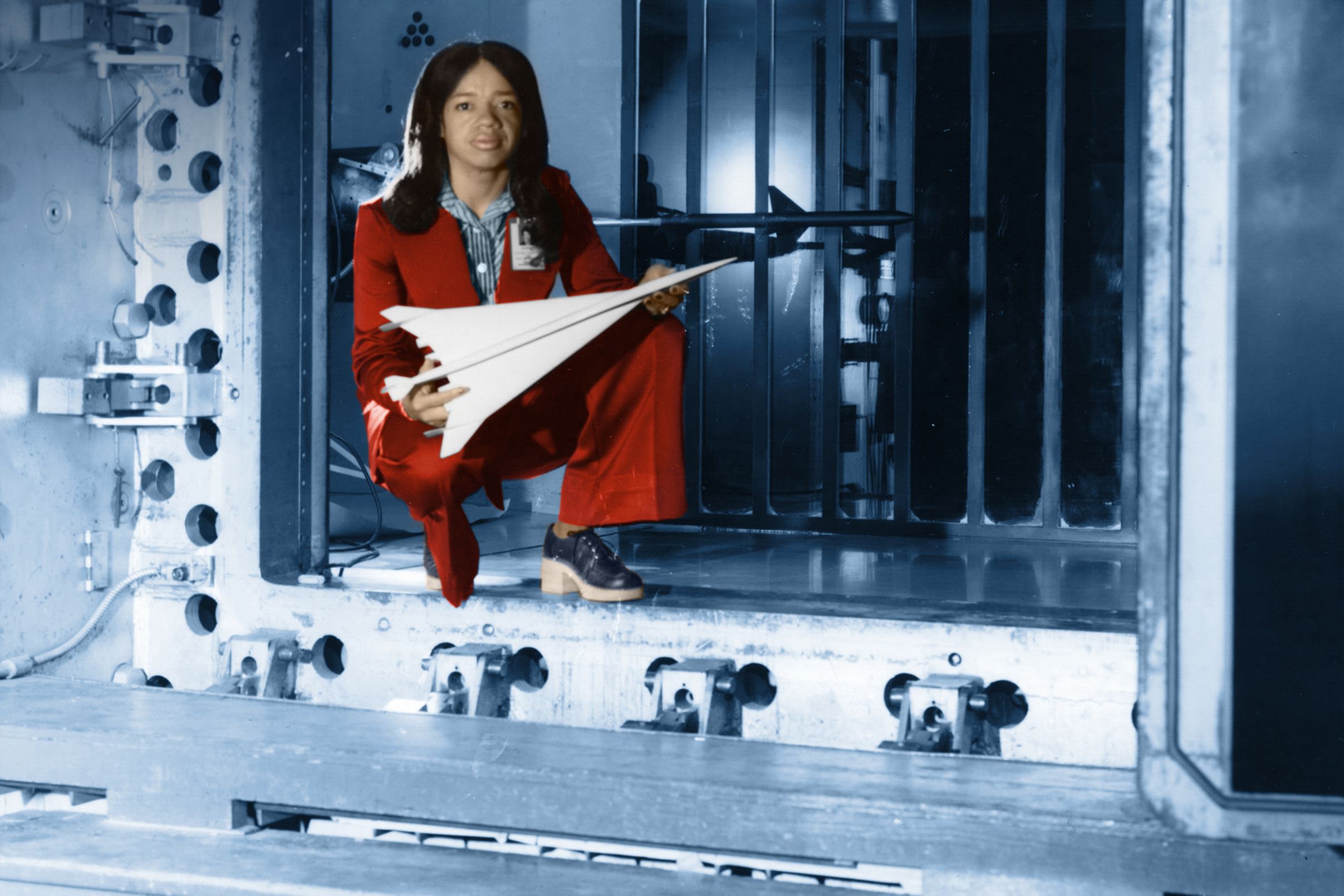
Christine Darden
Born in 1942, Christine Darden is a famous aeronautical engineer, data analyst, and mathematician. A graduate of Virginia State College, Darden was hired to work at NASA. After spending some time at NASA, Darden approached her supervisor about why women did not have equal opportunity to become engineers as men. After sparking change and awareness of this inequality, Darden was promoted to engineer where she began to work on projects such as supersonic boom prediction, sonic boom minimization, and supersonic wing design.
In efforts to continue her education and feed her curiosity, Darden earned a doctorate in mechanical engineering at George Washington University in 1983, and in 1989 she became the technical leader of NASA's Sonic Boom Group of the Vehicle Integration Branch of the High-Speed Research Program. Darden then went on to direct the Program Management Office of the Aerospace Performing Center. During her time at NASA, wrote more than 50 papers in high-lift wing design.
Her advice? Always be curious. "I was able to stand on the shoulders of those women who came before me, and women who came after me were able to stand on mine," Darden said, according to NASA. Though not depicted in the film, Christine Darden’s accomplishments have been celebrated in the book, Hidden Figures, which was later turned into a film. Curious to learn more about Catherine Darden? Check out this video from the Smithsonian.
**
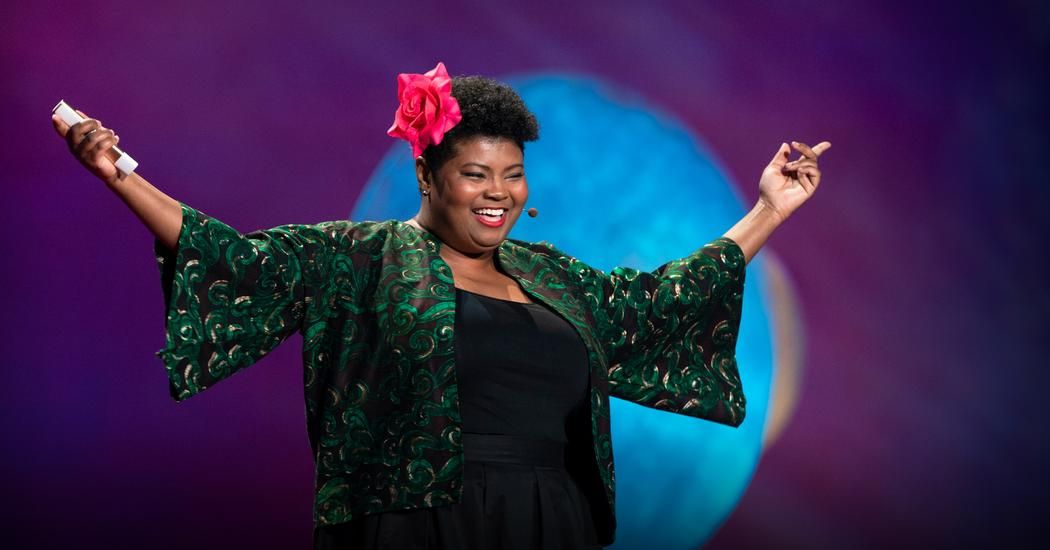
Danielle Lee
Alongside working as a professor at the University of Illinois, Danielle Lee has pioneered major research related to animal behavior, ecology, and evolution, particularly in small rodents in both urban and rural environments. Lee has ventured to Tanzania to expand her knowledge and work and studies African giant pouched rats (Cricetomys ansorgei). Her findings and publications have helped researchers who train these large rodents to sniff out hidden land mines.
In addition to her jobs as both professor and research scientist, Lee is a founder of the National Science and Technology News Service. The organization works to increase interest in and accessibility to the STEM field, as well as science news coverage within the African-American community. The White House awarded Lee for being a Champion of Change in STEM Diversity and Access, and she has also been honored by the American Institute of Biological Sciences in 2009.
"I would like to see media do a better job of showing role models from a variety of groups," Lee told National Geographic. "What I do isn't so much to convince people to become a scientist. It's to clarify for them that they are already scientifically minded. And that's pretty revolutionary, particularly when you think about working with students of color from under-resourced schools." Interested in Danielle Lee’s research and advocacy? Check out her 2019 TED talk.

Emmett Chappelle
Recognized for his accomplishments and contributions in the fields of medicine, philanthropy, food science, and astrochemistry, Emmett Chappelle was inducted into the National Inventors Hall of Fame in 2007. Having attended UC Berkeley, the University of Washington, and Stanford University, Chappelle’s education and career made a huge impact in the world of STEM. Chappelle spent his career studying bacteria, cyanobacteria, and other single-celled organisms around the world. Chappelle also worked as an exobiologist and astrochemist for NASA, and spend his time on the Viking Spacecraft, and helped develop instruments that aided in the collection of soil from the surface of Mars.
During his working years, Chappelle made discoveries related to algal photosynthesis, bioluminescence, bacterial infection prevention, and determining vegetation health allowing scientists to detect plant stress, determine growth rates, water conditions, and harvest timing.
Emmett Chappelle served as a member of the American Chemical Society, the American Society of Biochemistry and Molecular Biology, the American Society of Photobiology, the American Society of Microbiology, and the American Society of Black Chemists. Chappelle was honored as one of the 100 most distinguished African American scientists of the 20th Century.
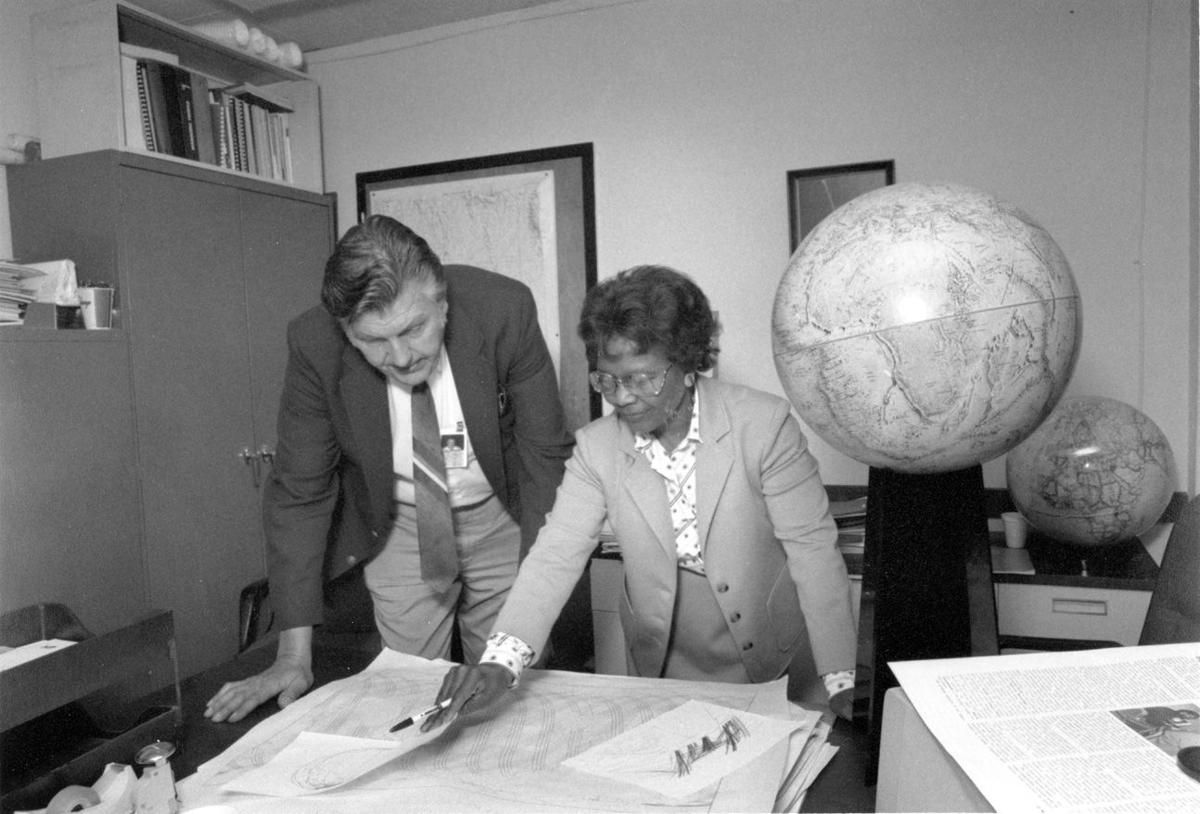
Gladys West
Have you ever used your phone to look up directions to your favorite cafe or coffee shop? You can thank mathematician, Gladys West! From an early age, West dedicated herself to education and the betterment of modern-day life. West grew up in a rural county south of Richmond, Virginia, and was valedictorian of her high school class. West went on to earn a full-ride to Virginia State College, where she earned both a bachelor's and a master's degree in mathematics. Upon graduating in 1966, West was hired to work at the Naval Proving Ground (now called the Naval Surface Warfare Center) in Dahlgren, Virginia. West was one of only four Black employees and the second Black female ever hired at the Naval Proving Ground.
Originally hired as a human-computer, West spent her time solving complex equations longhand, before becoming a programmer. In the 1960s, West contributed to the research and award-winning finding that proved the regularity of Pluto's orbit relative to Neptune. West went on to program an IBM computer to model the mathematical shape of Earth (also known as the geoid). West’s programming, algorithms, and research inspired the basis for the Global Positioning System (GPS).
Only two years ago, Gladys West was inducted into the US Air Force hall of fame. Check out her story here.
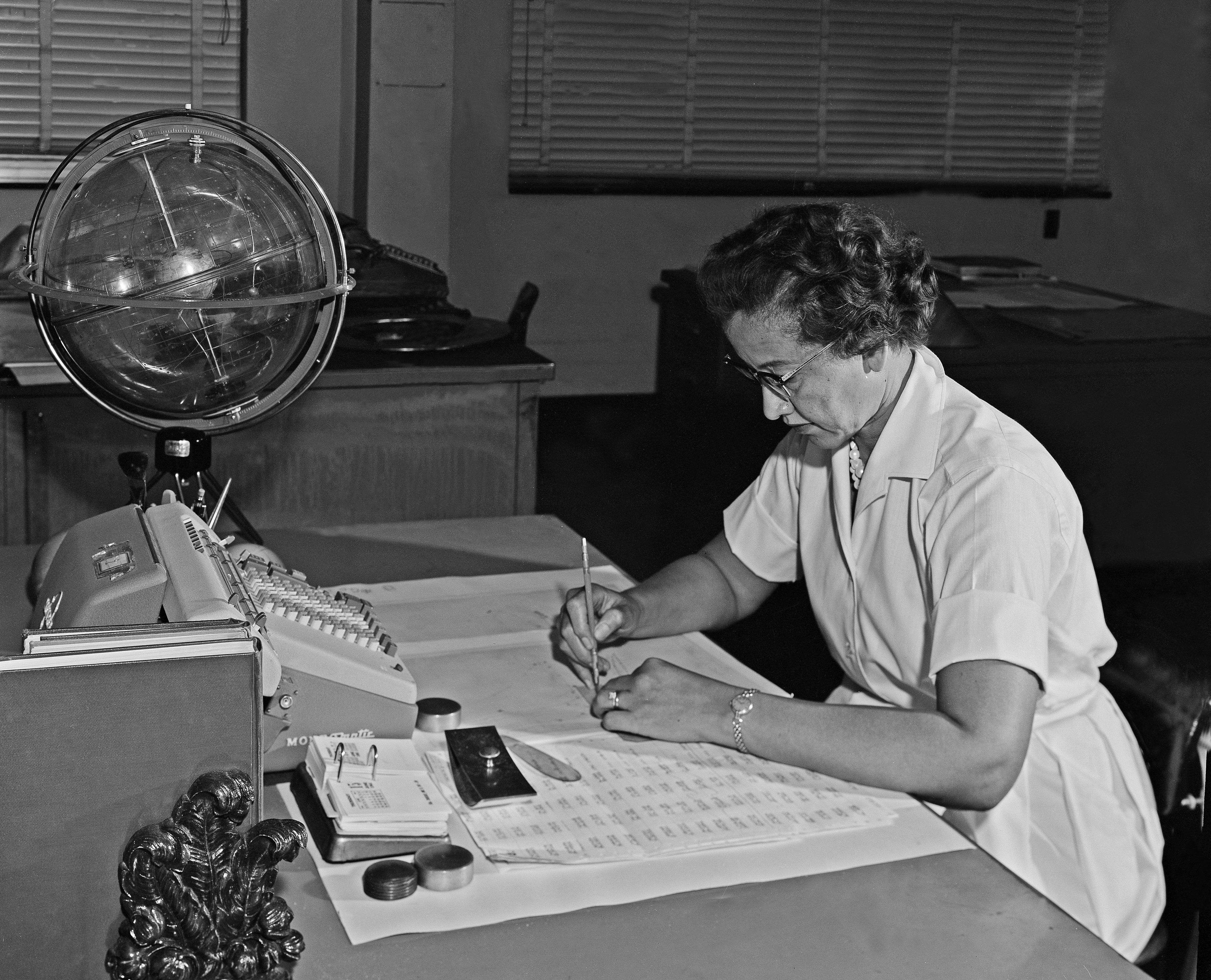
Katherine Thompson
Having graduated from high school at the age of 14, Katherine Thompson was always bright and ahead of the pack. Following her early graduation, Thompson enrolled at West Virginia University where she was hand-picked to be one of the first three Black students, and the first Black woman to attend WVU’s graduate school. Thompson went on to graduate from college at 18 where she was hired by NASA to work as a human-computer. Similar to Catherine Darden, Thompson was frustrated with gender inequality and lack of equal opportunity at NASA. Thompson defied the norm and started attending meetings originally only organized for her male coworkers.
In 1960, Thompson was the first woman to be credited as an author of a research report in the Flight Research Division. Two years later, Johnson was requested by name to personally recheck calculations made by electronic computers (which were new at the time) for John Glenn who became the first American to orbit Earth. Johnson also performed calculations that helped land Apollo 11 on the moon.
Awarded the Presidential Medal of Freedom, America's highest civilian honor, in 2015 by President Barack Obama, Katherine Johnson was one of the most influential scientists of all time.
**
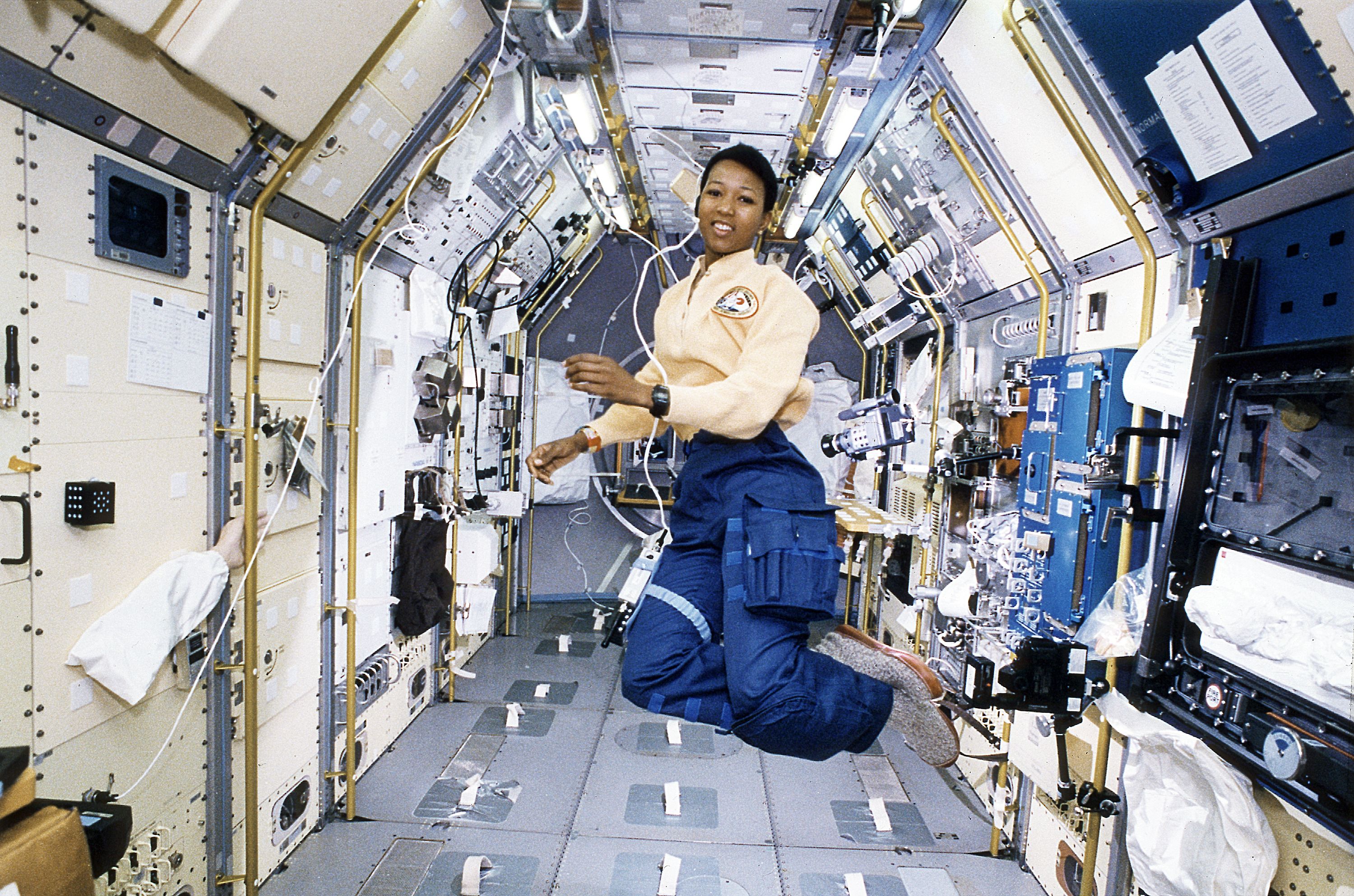
Mae C. Jemison
In 1992 when the Endeavour space shuttle was launched, the first Black woman went to space, and her name is Mae C. Jemison. Not only an astronaut, but a physician, a Peace Corps volunteer, a teacher, a jazz dancer and choreographer, and a founder and president of two technology companies, Jemison is an absolute legend.
At the age of 16, Jemison started studying at Stanford University where she earned degrees in chemical engineering and African and African American studies. She then went on to earn her doctorate in medicine from Cornell University in New York. After years in the classroom, Jemison ventured off to Sierra Leone and Liberia where she served as a Peace Corps volunteer.
After her time overseas, Jemison was hired by NASA. Jemison went on to orbit Earth 126 times alongside six other astronauts on the Endeavour. In space, Jemison helped carry out two experiments on bone cells and tadpoles’ development in zero gravity!
Jemison is also an author of multiple books including a memoir, autobiography, and children’s books series. She is the recipient of the Buzz Aldrin Space Pioneer Award (2017), International Space Hall of Fame (2004), and Intrepid Award by the National Organization for Girls (2003), among many others. Want to hear from Mae C. Jemison herself? Check out this video.
**
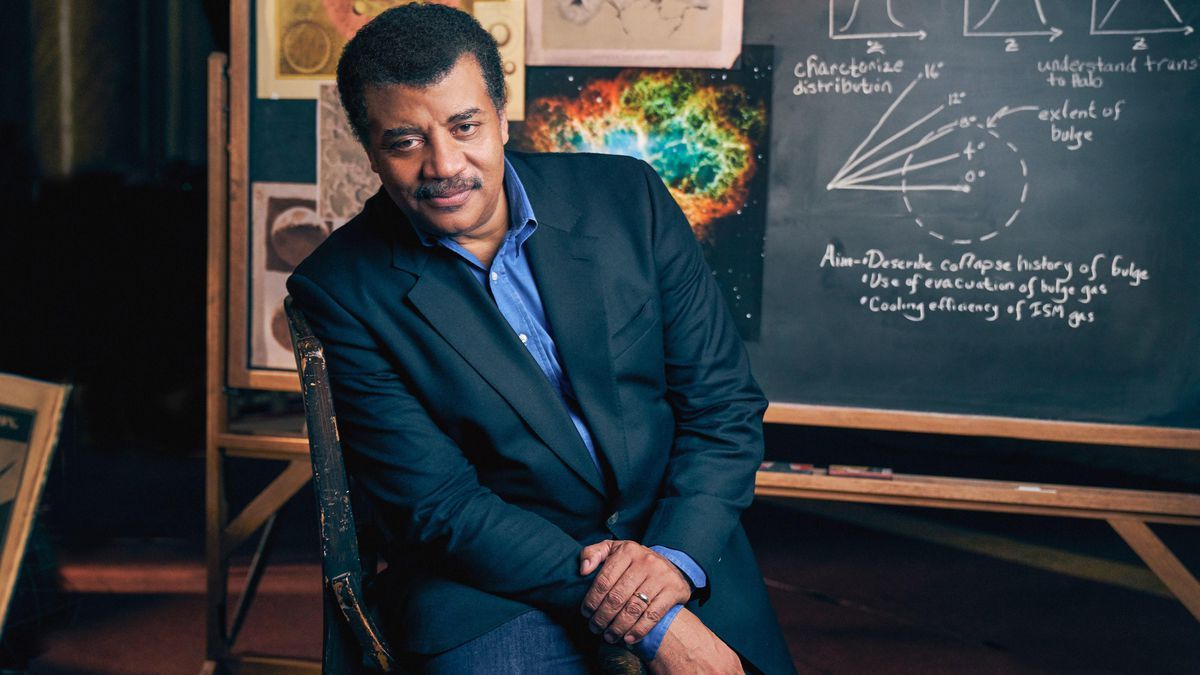
Neil deGrasse Tyson
Perhaps one of the most famous and recognizable names last but not least is Neil deGrasse Tyson! An astrophysicist, writer, and television personality, Neil deGrasse Tyson has accomplished many great things in his life. Having studied at studied Harvard University, the University of Texas at Austin, Columbia University, and Princeton University, deGrasse Tyson is an expert. Most noted for bringing his love for the cosmos into mainstream media, deGrasse Tyson was awarded the U.S. National Academy of Sciences Public Welfare Medal in 2015 for his "extraordinary role in exciting the public about the wonders of science".
Neil deGrasse Tyson currently serves as the head of the Hayden Planetarium in New York City and is a research associate at the Department of Astrophysics at the American Museum of Natural History.
In 2001, an asteroid was named after the man himself: 13123 Tyson. Neil deGrasse Tyson has also been honored as of of the Fifty Most Important African-Americans in Research Science (2004), NASA Distinguished Public Service Medal (2004), Time 100, voted by the editors of Time magazine as one of the 100 most influential persons in the world (2007), and the Stephen Hawking Medal for Science Communication, Starmus (2017), among many others.
These are only just a few of the many great Black scientists of our time. We encourage you to continue your research and seek out the stories and findings of trailblazers that inspire you.
Stay tuned for more blogs this Black History Month!